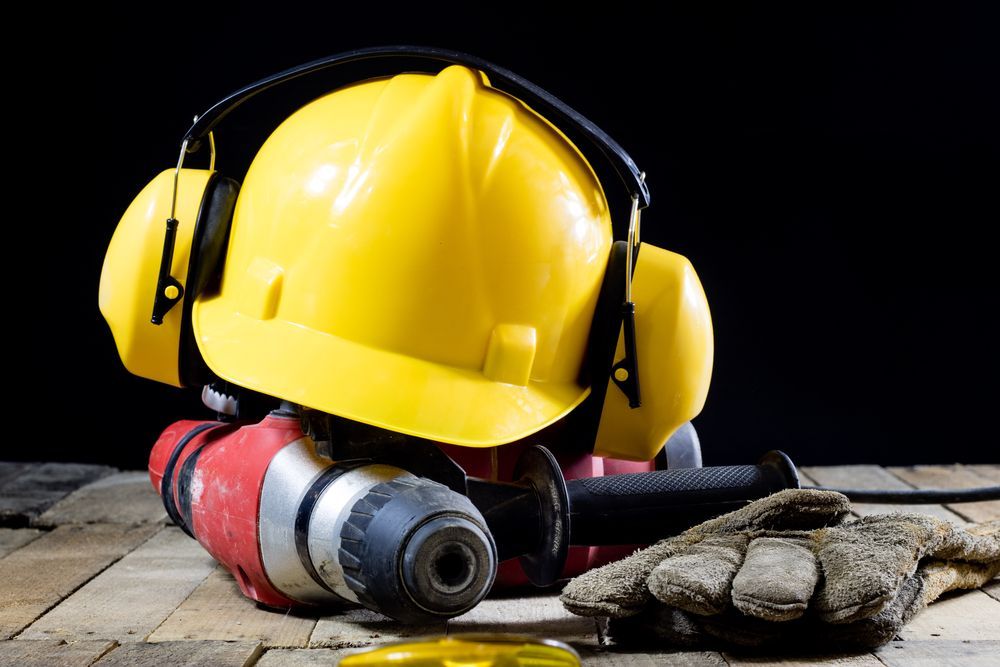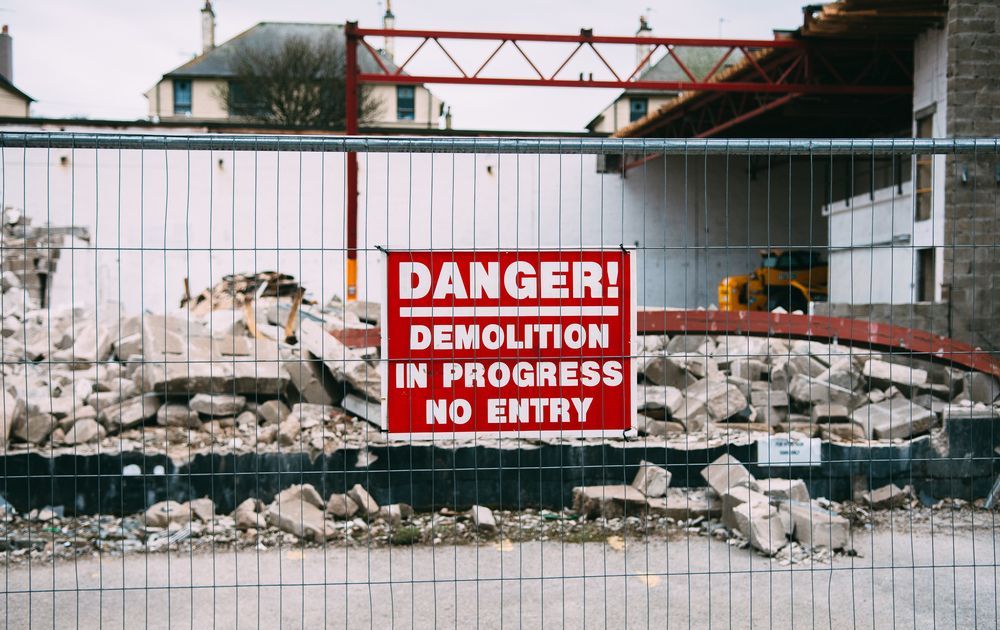The Rise of Sustainable Commercial Demolition
Share this article:
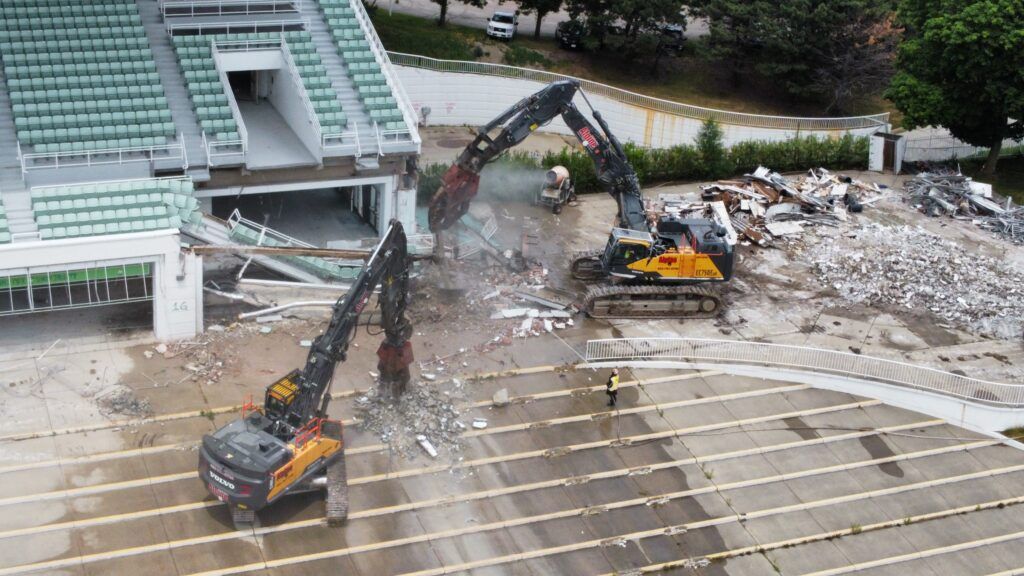
Each year, hundreds of millions of tons of construction and demolition (C&D) materials are generated in the United States – roughly twice the amount of total annual solid waste generated. What’s more is that according to data from the U.S. Environmental Protection Agency, demolition accounts for more than 90 percent of the total amount of C&D waste that’s generated, much of it taken to landfills for disposal.
As more businesses develop short and long-term sustainability plans, and more consumers become aware of the impact their behavior has on the world and their local environment, sustainable building and demolition practices are becoming more and more popular. In this post, we’ll discuss the rise of sustainable demolition practices, why they’re important, and more. Read on to learn more:
Understanding the Environmental Impact of Commercial Demolition
When a building is
demolished, you take down everything in the entire structure. And while some of the interior components may have already been removed and salvaged, it’s still likely that HVAC equipment, plumbing, electrical, drywall, glass, flooring materials, insulation, ceiling tiles, concrete, and exterior facade are going to be coming down with it. The bottom line is that all these materials have to go somewhere – they can’t just sit on the lot. In many situations, it will all be
cleaned up, loaded onto trucks, and taken to the landfill for disposal. But many of these materials can be reclaimed from
old buildings or even
abandoned buildings and reused in future building projects. We’ll discuss some of the common sustainable commercial demolition practices in the next section.
Common Sustainable Demolition Techniques and Practices
Many of the materials on a demolition job can be reclaimed and reused – and such practices are becoming more and more common as sustainable business practices become more of a focus. For example:
- Glass and metals can be melted down and reused.
- Masonry can be crushed and used as an aggregate.
- Bricks can be used as walkway pavers in future projects.
- Wood and hard flooring can also be upcycled into future projects.
At Alpine Demolition, our sustainable concrete crushing and recycling service has continued to be a favorite of our commercial demolition clients. Concrete is arguably the most common construction byproduct, with nearly 20 billion tons used worldwide each year. And rather than transporting concrete to a landfill following a demolition job, we can crush it into aggregate for use as backfill material as a base for roads, parking lots, driveways, and more. Not only is concrete crushing great for the environment, but it can also help save our clients money by avoiding the increasingly complex disposal fees and regulations associated with the concrete material.
It’s worth noting that there are situations where recycling may not make sense or even be feasible at all. We suggest consulting with your
demolition contractor or an engineer to best determine what makes sense and what doesn’t when it comes to recycling demolition materials and debris.
Recycling and Waste Management in Commercial Demolition
In the 1960s, only about 5 percent of all municipal waste was recycled. Today, nearly 40 percent of it is as rates have accelerated over the last several decades. And one of the key reasons for this rise is convenience.
In construction and demolition, owners aren’t necessarily opposed to recycling and waste management on projects – they just aren’t often aware of the benefits associated with it. We’ll get to more of the benefits of sustainable demolition later in this piece. But know that the benefits often outweigh the impact of not taking this more seriously.
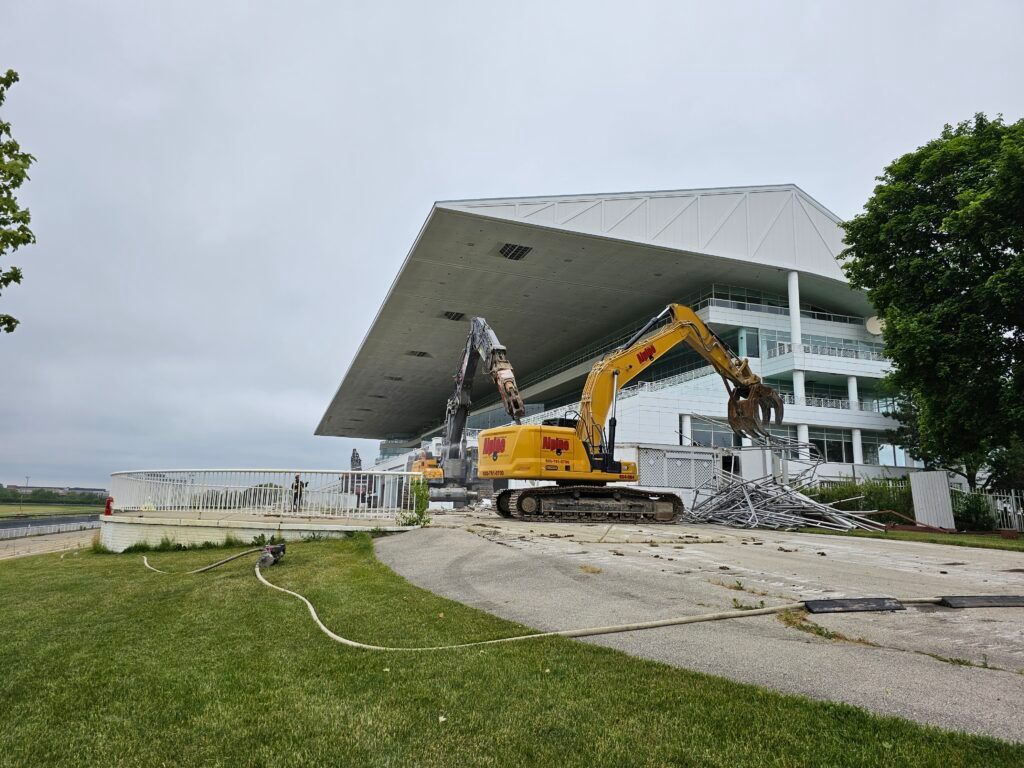
Innovations in Sustainable Demolition Equipment and Technology
There are various innovations and practices that are designed to help streamline sustainability in demolition. Here’s a sampling of them:
- BIM modular dismantling: Building information management (BIM) systems aren’t just an asset during the construction process, but during the demolition one as well. BIM programs can help support dismantling and help plan deconstruction to capture as much material for reuse as possible.
- Robotics: Robotics are becoming particularly useful for helping sort through waste and separating what can be recycled and what cannot. This can help streamline operations and also reduce the risk of injury to human workers. Robotic solutions can also help automate building inspection prior to demolition to properly assess the value of materials and gauge their potential for recycling and reuse.
- Lean construction and demolition: This isn’t so much a sustainable technology as it is a sustainable mindset. Many firms are adopting a lean mindset to help identify how their behavior (or lack thereof) impacts the environment around them and where improvements can be made.
Benefits of Sustainable Demolition Practices
As we said in the opening, construction and
demolition practices generate hundreds of millions of tons of debris each year. And with landfills continuing to fill up and reach capacity, any effort to limit this amount is going to help the local environment. There are various other benefits to adopting sustainable demolition practices for your next project as well. These include:
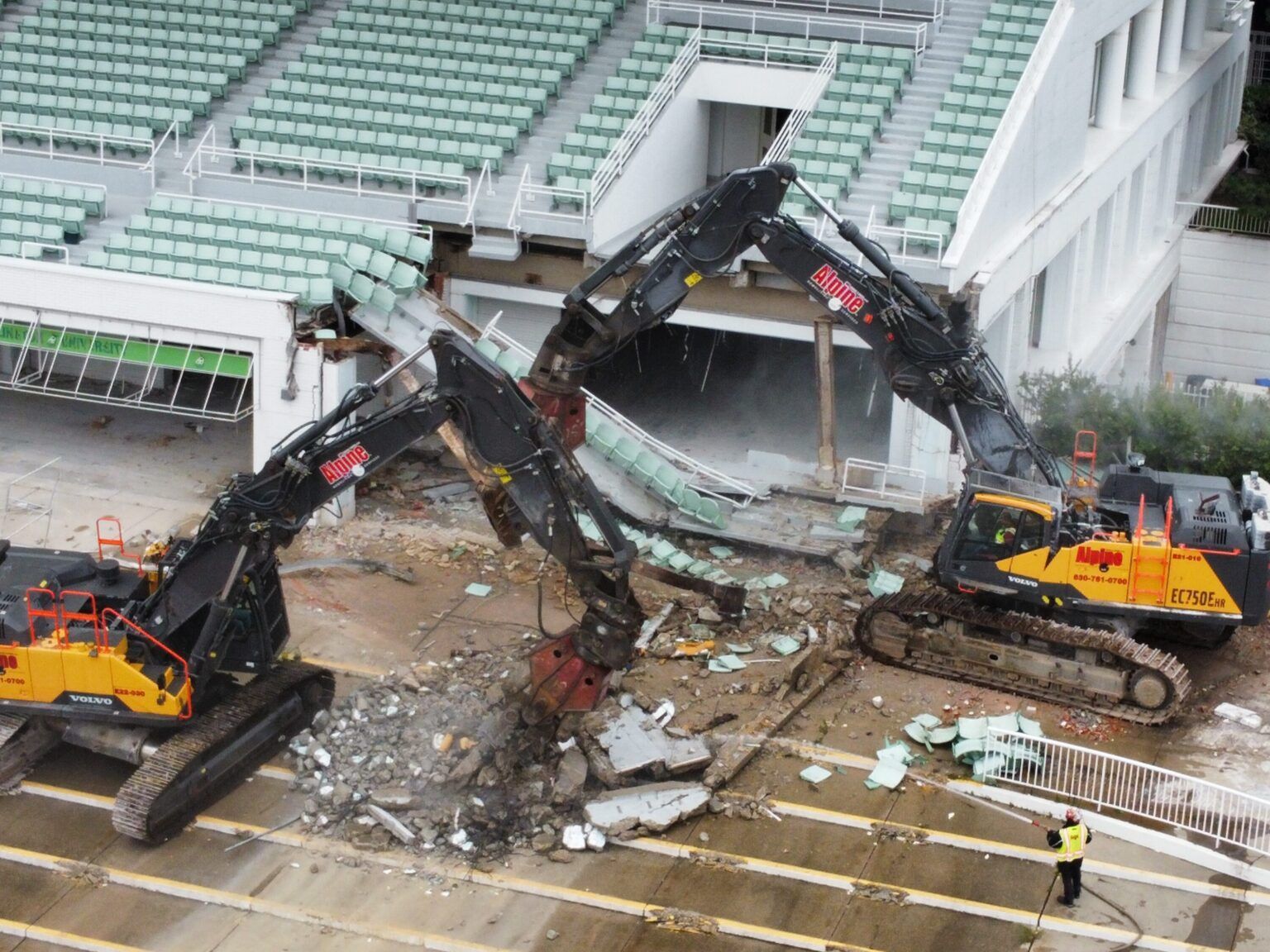
- Sustainable demolition practices create new jobs and economic activity in the recycling sector.
- Owners can also reduce their total building expenses, whether it’s for construction or demolition. In demolition, for instance, recycling materials help reduce transportation and disposal costs. Some owners may also elect to donate some materials of value to charities, which can count as a tax write-off.
- Recycling helps offset any environmental impact associated with extracting virgin resources and producing new materials.
- And just because it’s worth mentioning again, recycling building materials also helps conserve landfill space.
Contact Alpine Demolition Today
For more information on sustainable
demolition practices, contact Alpine Demolition today. Alpine Demolition specializes in concrete crushing services and prides itself on recycling as many materials as possible. In fact, on most projects, we’re able to recycle up to 85 percent of all materials. Contact us today for more information and to get started on your next project.

